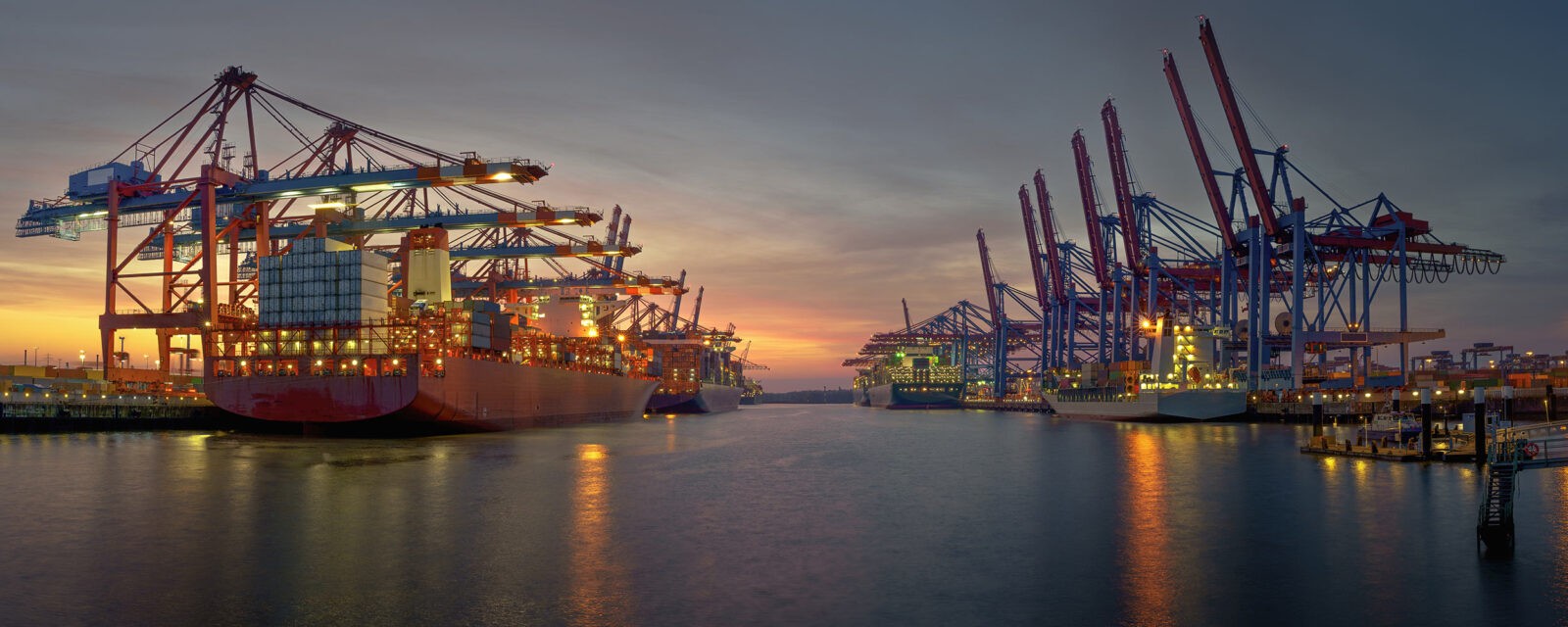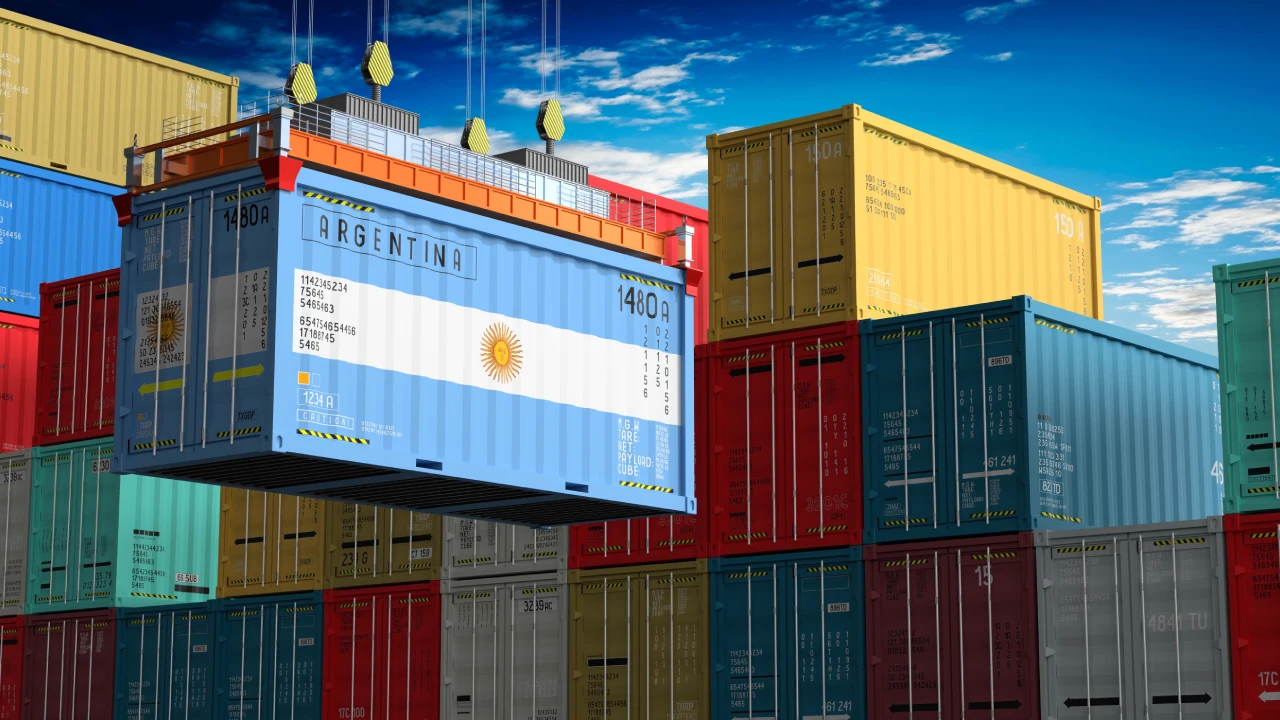
Project cargo, also known as heavy lift cargo, goes beyond the confines of standard shipping methods. Unlike typical cargo that fits into containers or pallets, this type of freight poses unique challenges due to its immense size or weight. This blog post explores its characteristics and the specialized transportation solutions required for its safe and efficient delivery.
What is Project Cargo?

Project cargo, also known as Out of Gauge (OOG) cargo, is a specialized category of freight characterized by its oversized nature, high value, and unique transportation requirements. Unlike conventional shipments that fit into standard containers or pallets, it demands special handling, often involving cranes, forklifts, or other equipment.
Its transportation relies on purpose-built vessels, train wagons, trucks, or aircraft to ensure safe delivery. Typically, OOG comprises components integral to larger structures or complex ventures. Successfully moving such shipment necessitates technical expertise, ingenuity and meticulous planning to address challenges related to weight, dimensions, temperature sensitivity, and time constraints.
Safety remains paramount throughout the process, while careful consideration of logistical hurdles such as weather, road conditions, and availability is crucial to the efficient execution of these intricate shipments.
Project Cargo Industries Modes of Transport:
Project cargo can be exported and imported through multiple modes: air, sea, rail, and road. Often, multimodal transport is utilized, combining road, air, sea, or rail freight for efficient delivery.
Ocean
Shipping OOG cargo through sea freight is a cost-effective international transport option, offering affordability compared to air freight. However, it has drawbacks, such as longer transit times and extensive planning needs.
Smaller non-containerizable shipments are typically transported using flat racks or open-top containers on specialized vessels. At the same time, more extensive and heavier components, like equipment, pipes, engines, and machinery, may require chartered vessels.
Shipping large or specialized cargo by sea requires careful planning due to potential port delays and unpredictable weather. Each shipment is unique and demands tailored handling based on the specific freight and equipment involved.
Road
Project cargo is predominantly transported via expansive road shipping networks utilizing heavy lift trucks. While it is often combined with air and sea freight for international shipping, local transports rely solely on road freight.
Transporting by heavy lift trucks requires local permits and approvals due to the substantial size and weight of the vehicles.
Before transportation begins, a detailed study of the route is conducted. This ensures that trucks can safely travel under bridges and other potential obstacles and that their weight complies with all road restrictions. In some cases, especially during turns, heavy lift trucks may require more than one lane, potentially necessitating temporary road closures for safety.
Air
Out of gauge cargo can also be transported internationally through air freight, which is typically more costly and necessitates dedicated charter planes. This mode of transport is favored for time-sensitive or intricate freights. Urgent shipments like new machinery, replacement parts, or larger equipment commonly fall into this category.
Additionally, sending project cargo via air freight is suitable in various other scenarios, such as preventing corrosion or damage caused by long sea transit times and exposure to saltwater. Despite the higher expense, air shipping freight offers a rapid and reliable solution for delivering critical freight to its destination.
Rail
In specific situations, Out of Gauge cargo is transported using rail shipping networks, offering advantages such as cost-effectiveness and mitigating delays caused by road-related issues like traffic and roadblocks. However, heavy lift trucks are commonly employed for the pre and on-carriage stages since trains typically operate between rail depots and freight stations, necessitating additional specialized transportation to reach the final destination.
A Day in the Life of Atlantic Project Cargo: Port Operations
Shipping Project Cargo: Tips and Advice for Handling Project Cargo Shipments
Shipping project cargo successfully requires a comprehensive understanding and a thorough grasp of logistics and industry knowledge. To ensure a smooth and efficient shipment, consider the following best practices and valuable tips:
Collaborate with Reputable Project Cargo Companies
Working with experienced companies specializing in handling such freight is essential. Choose a reputable service provider like Atlantic Project Cargo, with a proven track record in your industry. Their expertise and experience can significantly contribute to successful delivery.
Meticulous Planning
Thorough planning is the cornerstone of successful shipments. Before engaging a service provider, gather all relevant cargo and shipping information.
Open Communication
Establish clear lines of communication with both internal and external teams involved in the shipment process. Encourage open and transparent communication to address concerns, answer questions, and provide feedback.
Check and Arrange for Regulatory Compliance
Given the size and weight, certain countries may require special permits for both the cargo itself and the handling equipment. Ensure regulatory compliance by checking with your service provider early in the planning phase to arrange for the necessary permits in advance.
Consider Cargo Placement for Long-Distance Transport
Oversized cargo often travels long distances, sometimes using various transportation methods. To ensure its safety during this extended journey and potential transfers, it’s crucial to plan how it will be placed.
Read More



